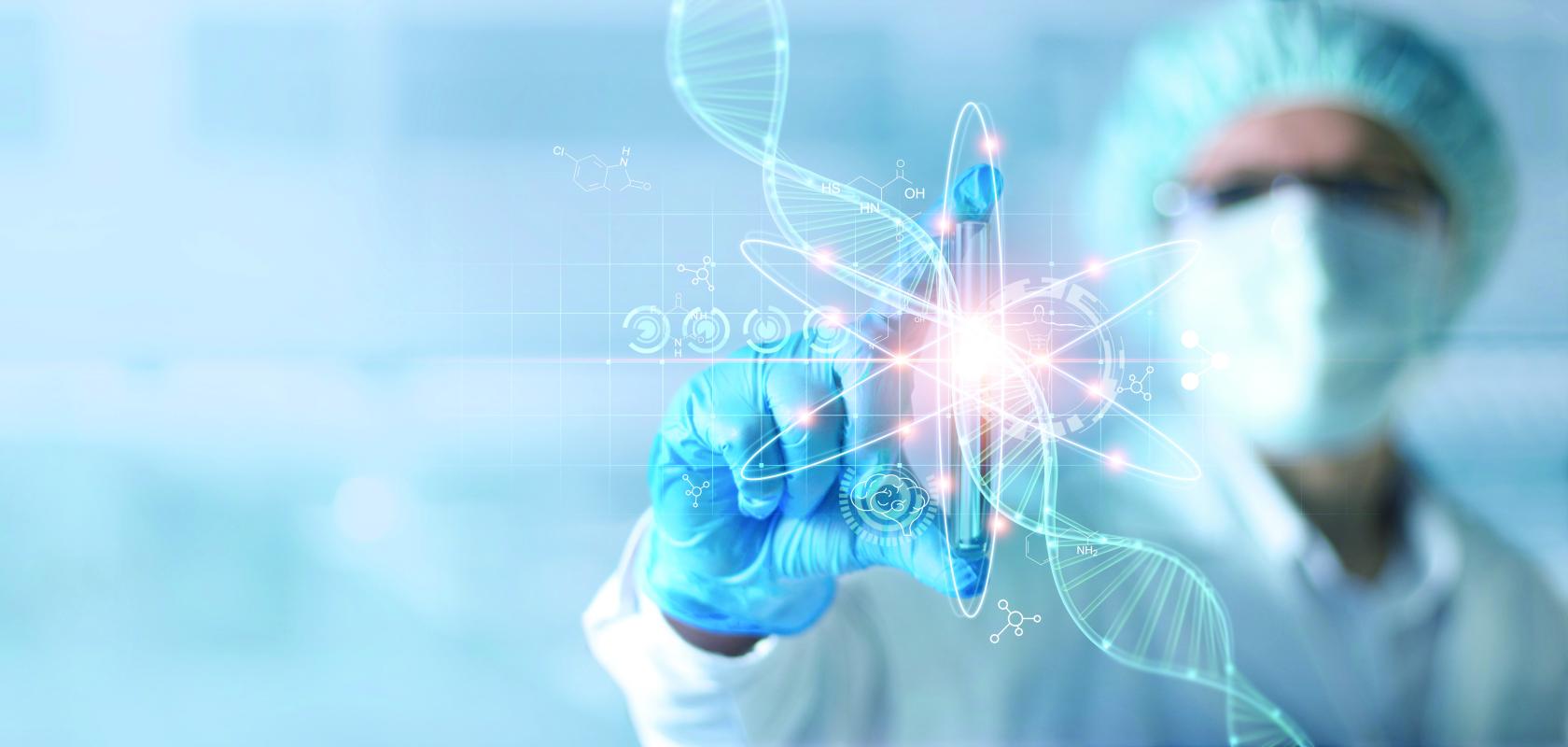This BIOVIA customer is one of the world’s leading biotechnology companies, working to translate new ideas and discoveries into medicines for patients with serious illnesses. The company works to serve patients by transforming the promise of science and biotechnology into therapies that have the power to restore health or save lives. It strives to work collaboratively, and to quickly move scientific breakthroughs from the lab, through the clinic, and to the patient.
Challenge: connecting data silos and streamlining workflows
With nearly 2,000 scientists and twice as many instruments spread across multiple global locations, the customer managed eight electronic notebooks (ELN) systems and laboratory information management systems (LIMS), and faced a seemingly insurmountable task attempting to network and integrate such a large number of disparate systems. It also dealt with the constant risk of transcription errors, because data was manually transferred between systems; sometimes with Excel spreadsheets as the intermediate step. An immense amount of time was spent ensuring the validity and integrity of the data throughout the discovery and development process. Experimental data was further divided between small- and large-molecule divisions, with no way to cross-interrogate the information.
The customer’s challenge was to unify data collection and management across the different phases of early discovery, R&D, and clinical and commercial manufacturing. The scale and complexity of this challenge were enormous, completely changing how data is handled throughout all aspects of their organisation.
If the data identification could be unified, the data becomes smarter and self-aggregating, making it easier to locate and re-use and more meaningful for the scientists.
Solution: a holistic lab environment with BIOVIA ONE Lab
The customer aimed to build a flexible and interconnected system, tie different systems and components together, and make them collaborative. This holistic approach would remove complexity and streamline scientists’ daily workflows. Inspiration was drawn from the Internet of Things (IoT), where individual objects can self-identify based on well-defined parameters and a common language.
By properly parameterising and standardising experimental, instrumental, and process properties in the ONE Lab solution, new laboratory processes are easily created, as if working with building blocks. Scientists can perform these tasks without the need for a software developer. This way of thinking extends throughout the system in multiple applications.
When a new experiment is initiated, most parameters are pre-populated based on the chosen experiment, minimising data input by the scientist. The customer employs a comprehensive Data Lake to store and index all experimental results and metadata. ONE Lab feeds the Data Lake, along with other systems, and maintains a contextualised index of interconnected information. The system manages every piece of equipment, and each piece of data and metadata can now be accurately searched. As part of the ONE Lab solution, BIOVIA also helps the customer manage the delivery of results to scientists, delivering email notifications but not data; thus, the data is not divested from the system to an inbox.
To implement an admittedly ambitious project with such a large scope, the customer and BIOVIA worked to segment the project into smaller, more easily accomplished tasks and committed to the rapid release of further software iterations. An agile framework was adopted, which allows for flexibility in long-term goals, but also relies on clearly defining the goals for each software iteration.
Results: increased workflow efficiency, better data quality, and improved decision-making
With the majority of data entry and transcription now done automatically, the customer no longer needs to expend the same effort validating the integrity of their experimental data. Additionally, scientists no longer need multiple electronic systems to input and manage data throughout their experiments. The customer defined their data taxonomy based on the requirements for FDA submissions, meaning that the appropriate data is naturally aggregated together, saving time in submission preparations. However, the data itself is also smarter – a sample in the system identifies what processes it has already undergone, and what the appropriate next steps are. Scientists can find previous related results, including those which would have previously been hidden as ‘dark data’, resulting in a 60% increase in scientific and engineering analysis efficiency.
By consolidating the legacy LIMS and ELNs into a single deployment of BIOVIA ONE Lab, the customer was able to greatly increase the efficiency of its procedure development organisation. The project capacity increased from 30 to nearly 100 over the course of two years, with no increase in headcount. The efficiencies gained with ONE Lab resulted in more than $50m savings in operating expenses.
For more information, visit www.3ds.com.


